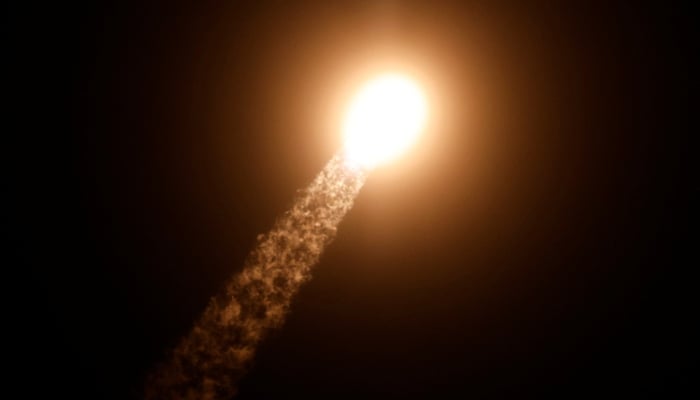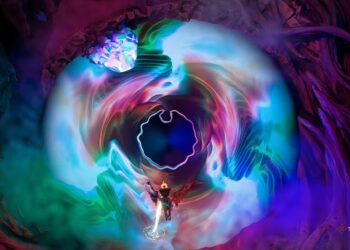Select Language:

On Friday, four private astronauts safely returned to Earth in a SpaceX capsule after spending approximately four days in orbit following a pioneering polar trajectory. They exited the spacecraft with minimal assistance, marking the conclusion of SpaceX’s sixth entirely private mission.
Since their launch on Monday evening from Florida, the crew, financially backed and led by Maltese investor Chun Wang, circumnavigated the Earth in a circular orbit from pole to pole, crossing over icy regions every 40 minutes in a flight path previously untraveled by humans.
Throughout their mission, the astronauts conducted 22 research experiments primarily focused on the physiological effects of microgravity on the human body.
Joining Wang on this journey were three of his associates: Norwegian filmmaker Jannicke Mikkelsen, German robotics researcher and polar scientist Rabea Rogge, and Australian adventurer Eric Philips.
The Crew Dragon capsule tightened its orbit around the Earth early Friday and splashed down off the coast of California around noon EDT, where a SpaceX recovery vessel lifted the capsule out of the water and transported it to a shaded platform on board.
In a final experiment, the crew exited the Dragon capsule without the usual medical and support team assistance that astronauts typically receive upon returning. They demonstrated their ability to walk unaided, simulating how they might disembark a spacecraft on the Moon or Mars.
Space travel often reduces bone density and muscle mass, among other physical effects, a phenomenon that NASA has studied extensively with its astronauts aboard the International Space Station.
Individually, the crew emerged from the Dragon capsule at a steady pace, with their mobility primarily limited by their flight suits. Once outside, they stood up and smiled for the cameras.
“All four framonauts have safely exited Dragon unassisted,” SpaceX reported, referencing the members of the crew.
SpaceX, along with its Dragon spacecraft, has established a stronghold in the emerging market for private orbital spaceflight, which initially drew demand from a select group of wealthy tourists.
The Dragon is the only privately designed capsule regularly undertaking orbital missions, whereas its competitor, Boeing’s Starliner, faces delays in development.
In recent years, with ticket prices for Dragon flights hovering around $55 million per seat, the private spaceflight market—comprised of firms like Axiom Space that contract Crew Dragon missions—has shifted its focus more toward government-sponsored astronauts, who are willing to pay for national prestige and enhanced domestic spaceflight capabilities.





